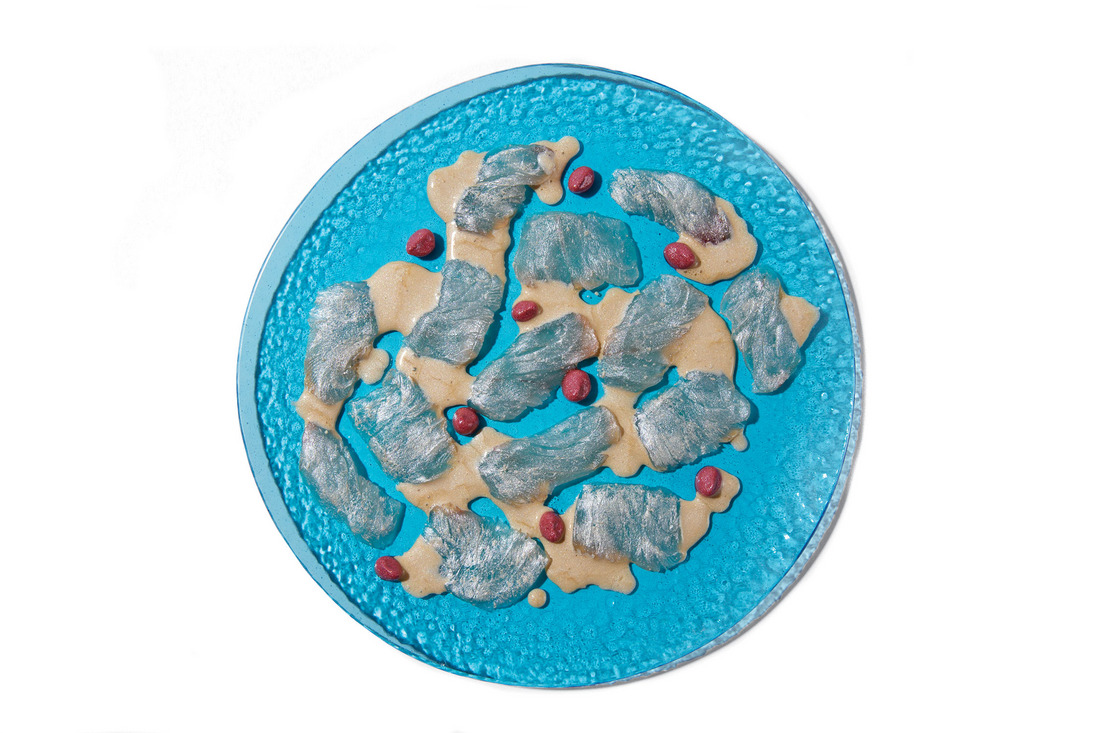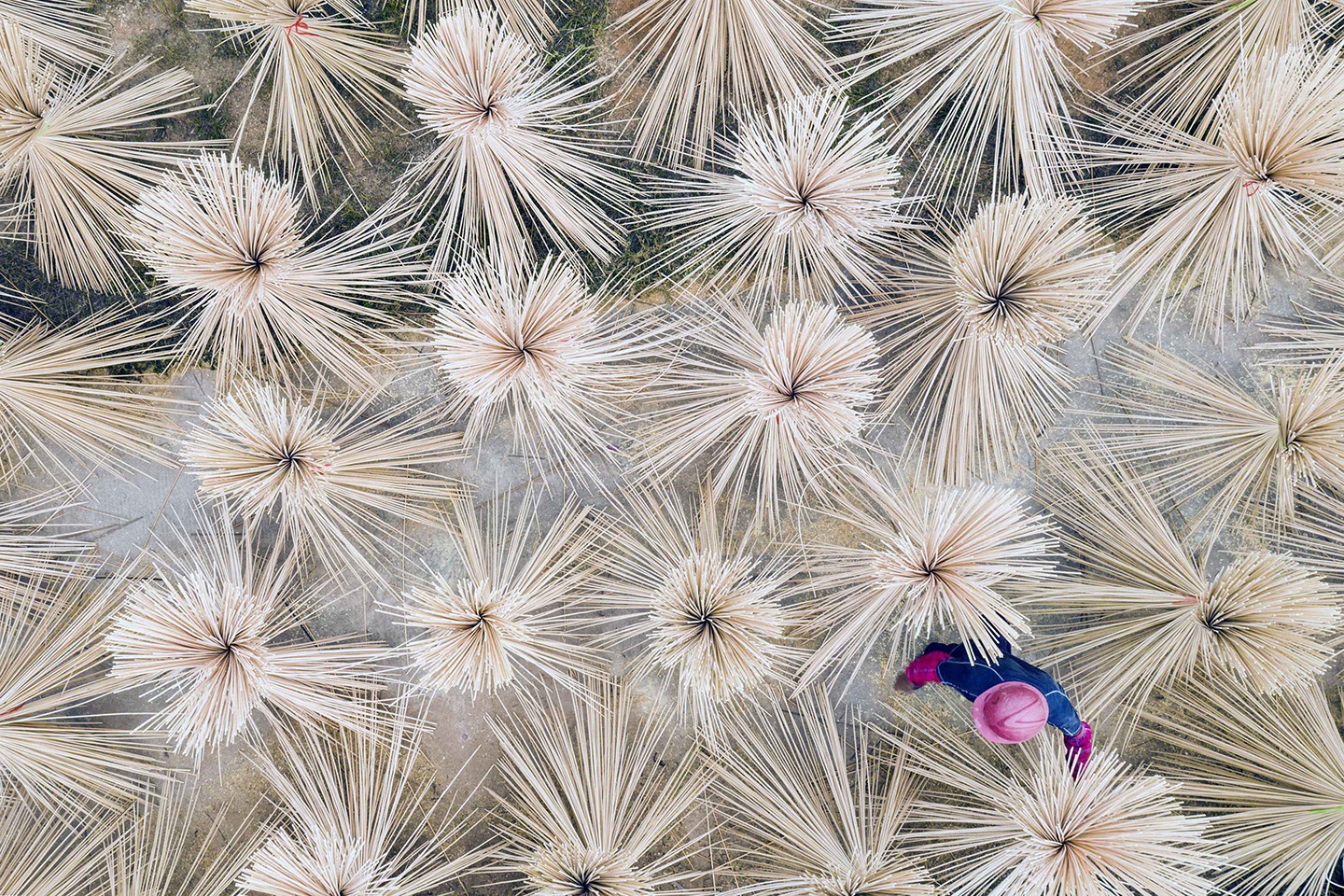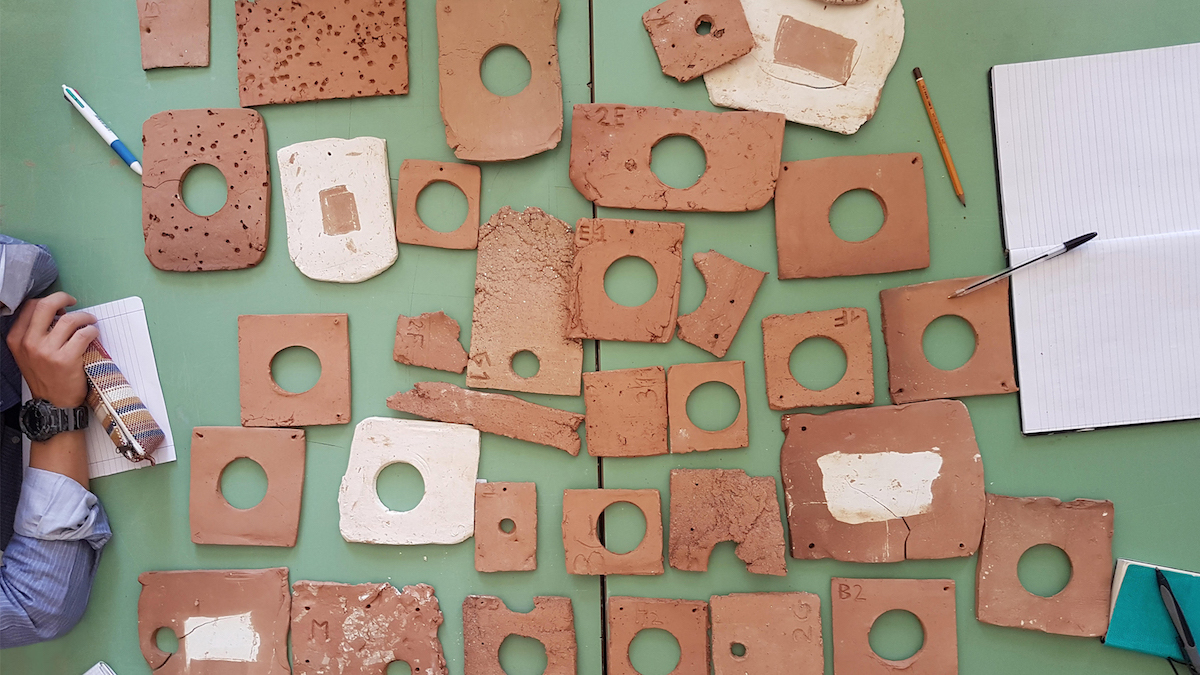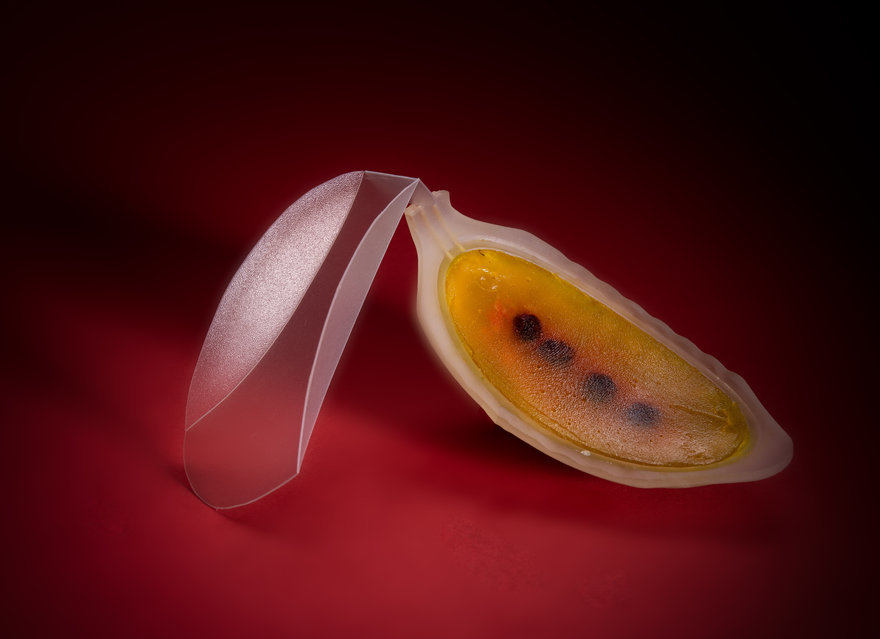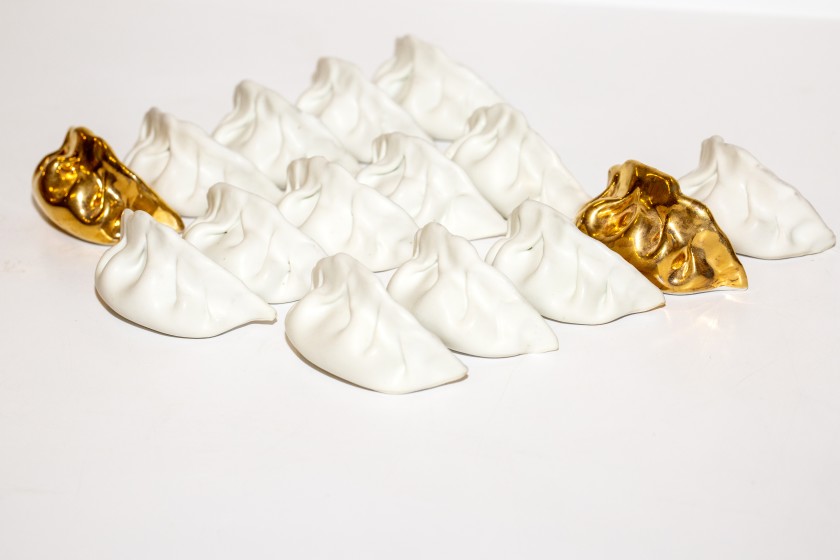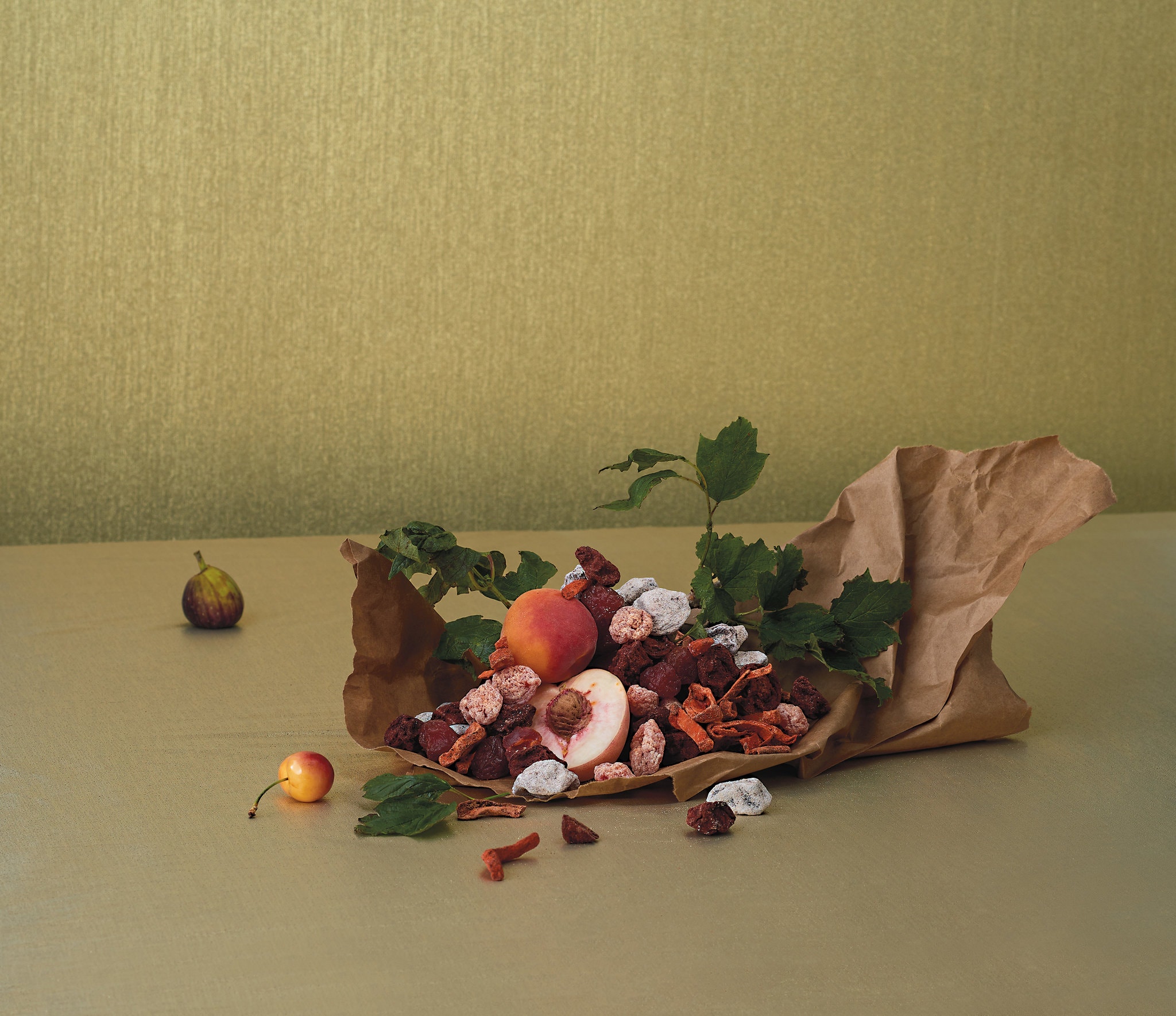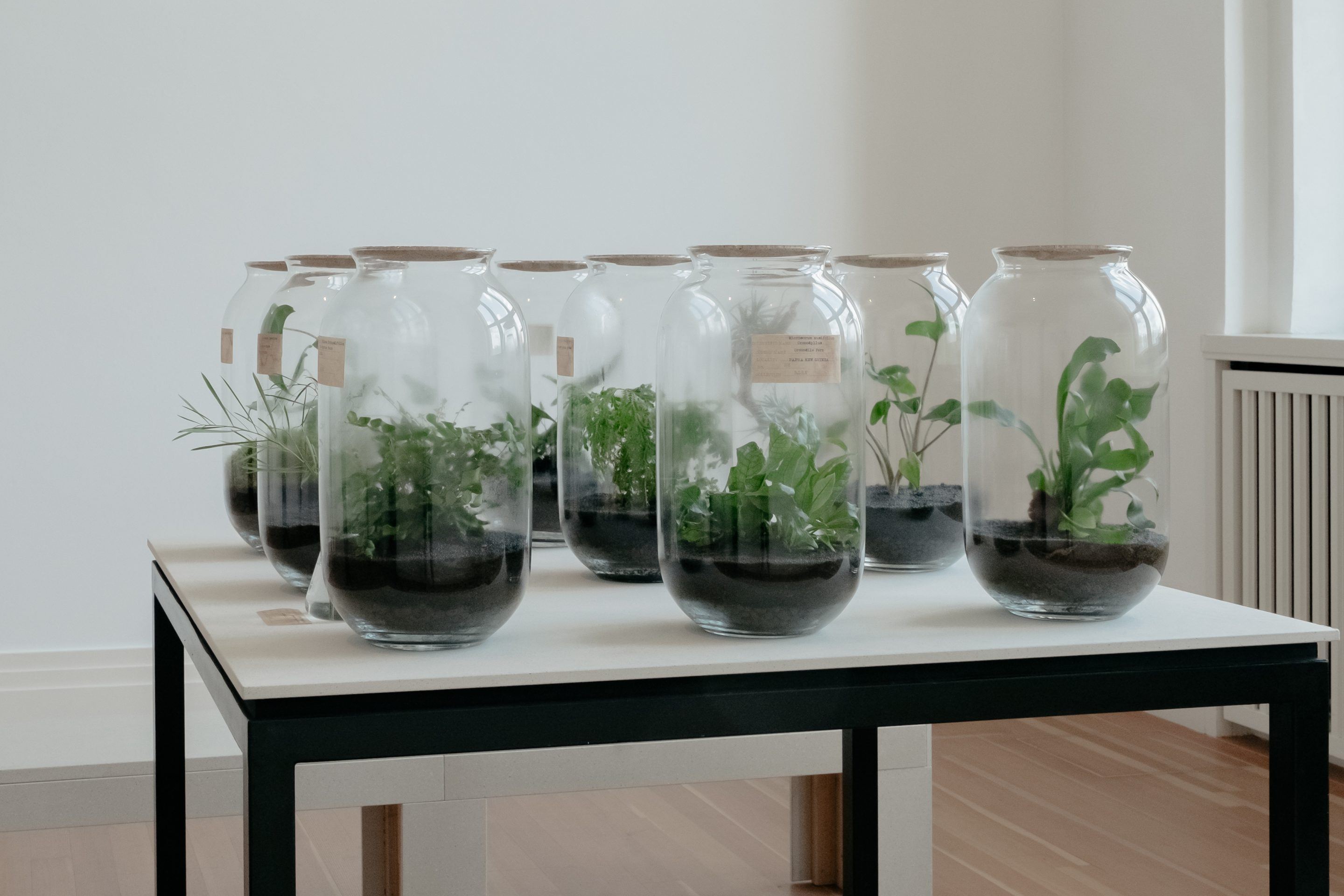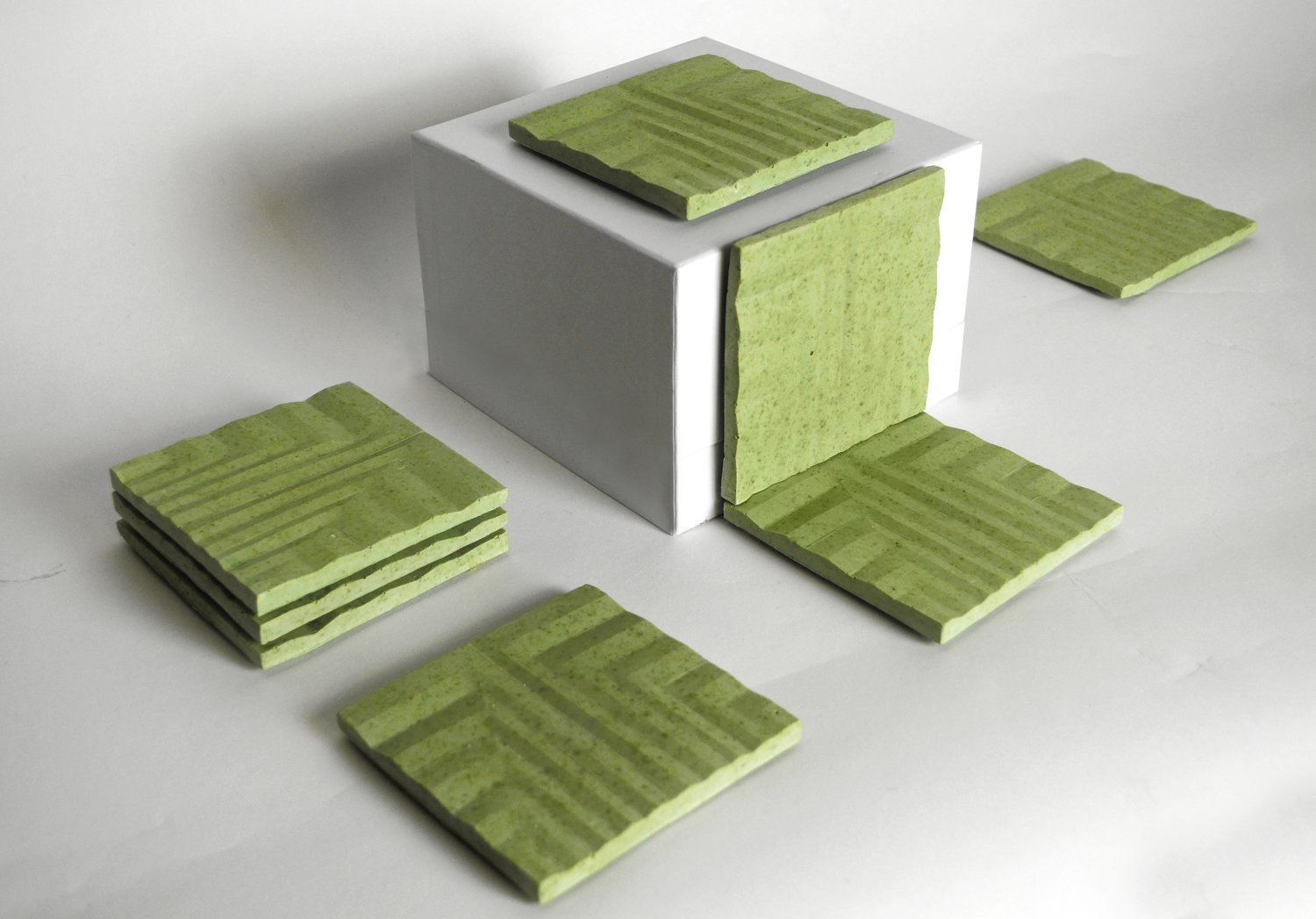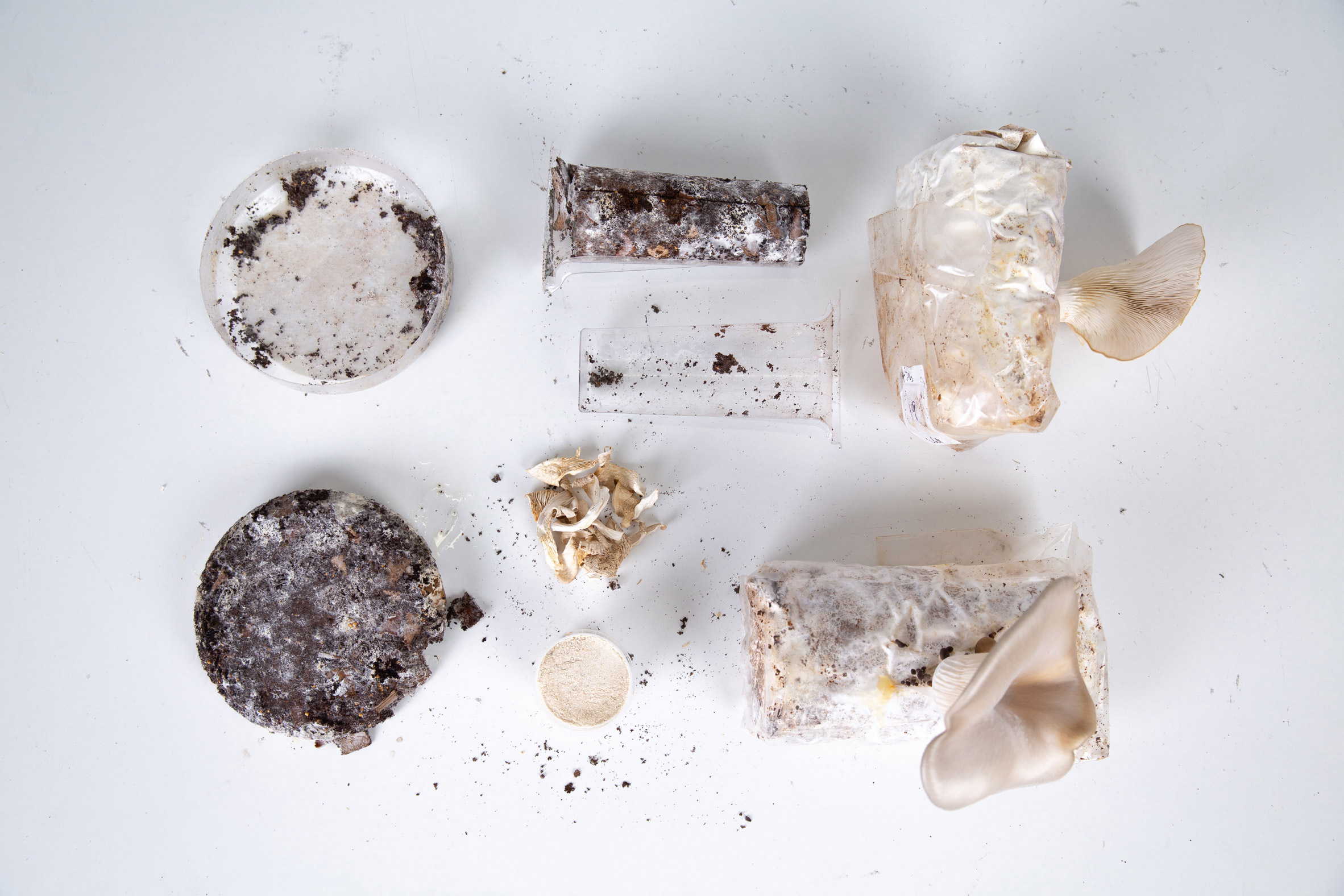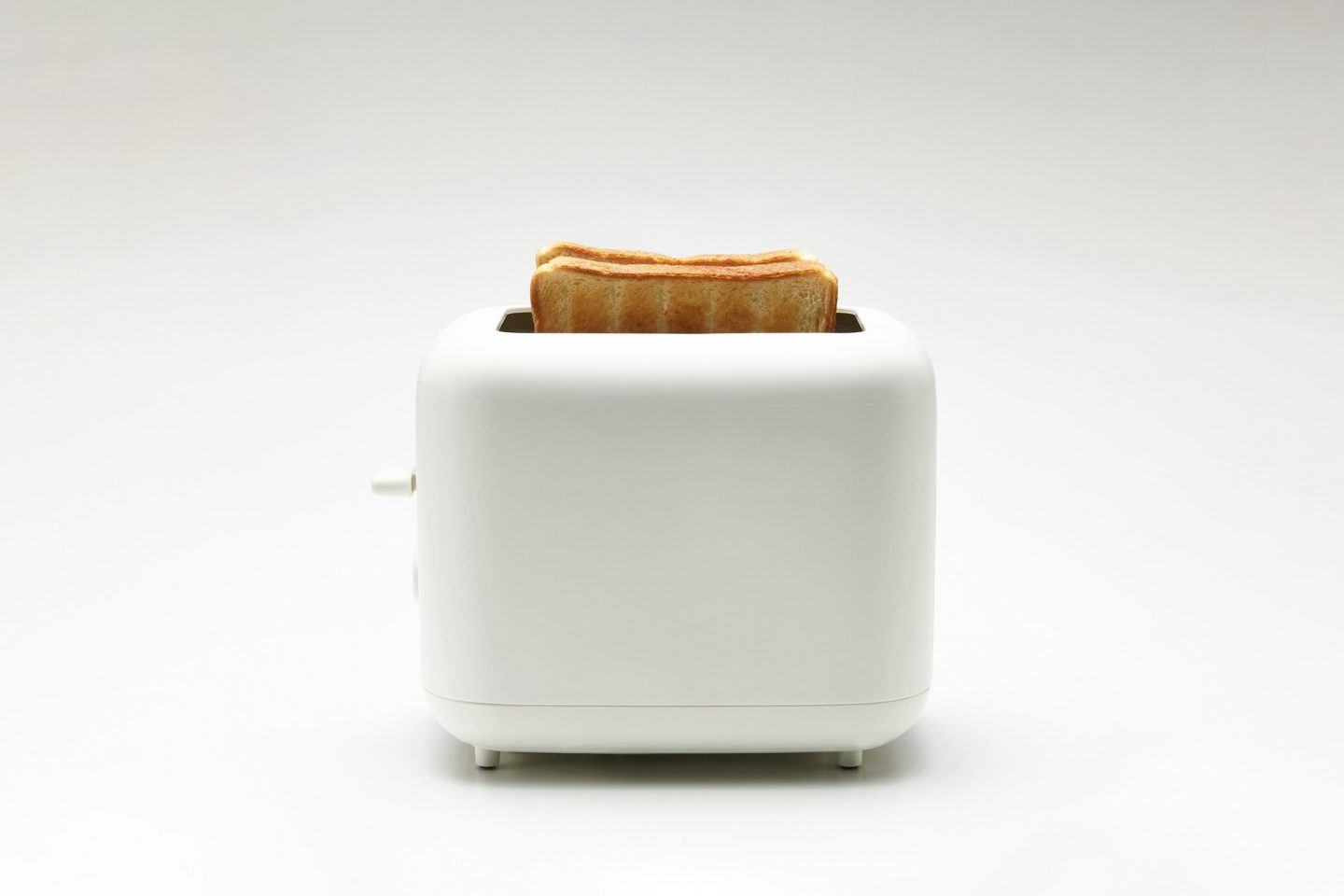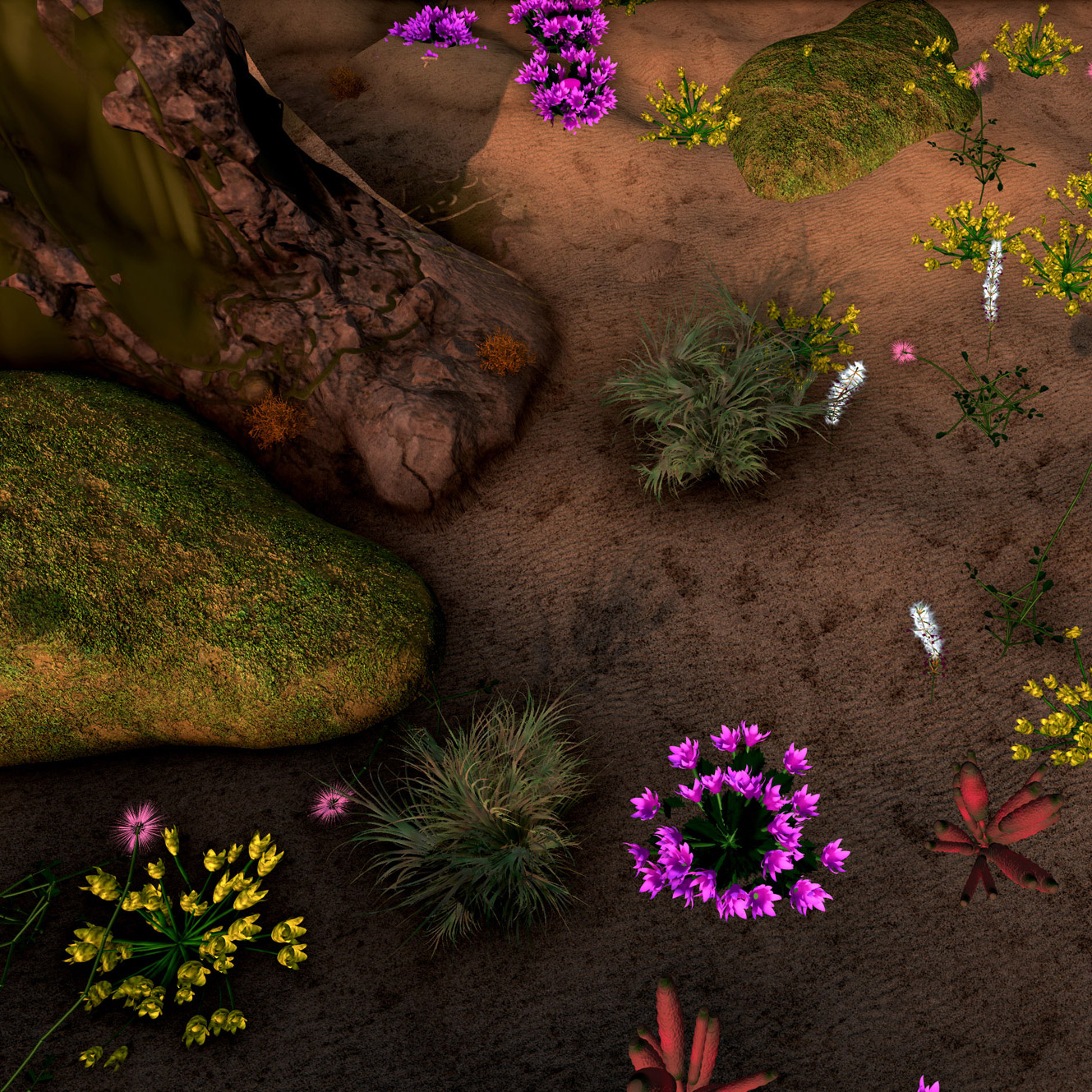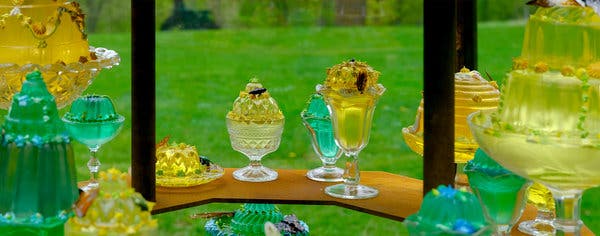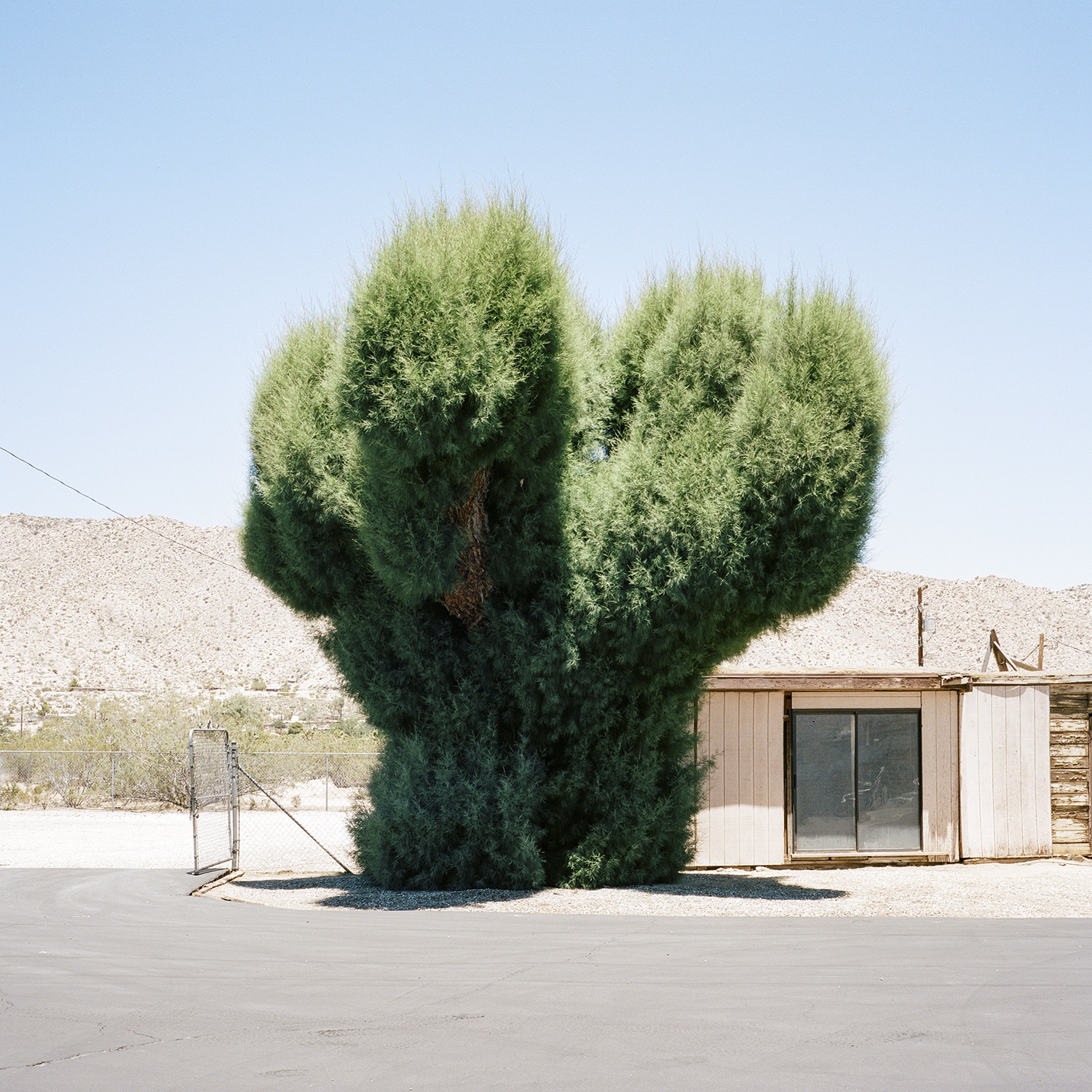Our weekly serving of off-the-menu items—a few popular favorites from the week, as well as a few morsels that may have slipped your notice.
 Dairy residue on pottery shows signs of early cheese making on the coast of Croatia.
Dairy residue on pottery shows signs of early cheese making on the coast of Croatia.
World’s Oldest Cheese
Archaeological analysis of fatty residue on ancient pottery found on the coast of Croatia has revealed that people were making cheese much earlier than previously thought. The residue inside the pot shows evidence of dairy fermentation, indicating that fermented dairy products like yogurt or soft cheeses likely existed 7,200 years ago.
 Overtreders W’s zero-waste barn is constructed from sustainable, recycled materials.
Overtreders W’s zero-waste barn is constructed from sustainable, recycled materials.
Waste Free Pop-up Restaurant and Barn
Design agency Overtreders W has created a zero-waste barn to house pop-up restaurant Brasserie 2050 at the Lowlands Festival in the Netherlands. While the barn itself is constructed from recycled and borrowed materials, the restaurant also uses food waste to build its sustainable menu. Food served includes bread made from peels and pesto made from kitchen leftovers.
 The Danish Technical University is working with Denmark’s National Food Institute to study what sensory characteristics are most significant for consumers.
The Danish Technical University is working with Denmark’s National Food Institute to study what sensory characteristics are most significant for consumers.
What Senses Matter Most?
Researchers at Denmark’s National Food Institute and the Danish Technical University have conducted studies to pinpoint which sensory attributes matter most to individuals when consuming food and drink. Their initial findings reveal that not every sense matters equally to consumers; taste appears to take priority, with smell holding less importance.

Saying Goodbye to a Coffee Pioneer
As part of The New York Times’ ongoing effort to add stories of remarkable people that the section overlooked, this obituary for Melitta Bentz, the inventor of the coffee filter, is a testament to the phrase, “necessity is the mother of invention.” Bentz and her husband grew the business from their Dresden apartment to owning their own factory in Central Germany. Today, the company employs over 4000 people.
 Beautiful illustrations demonstrate the vast array of wagashi designs developed over centuries of confection-making.
Beautiful illustrations demonstrate the vast array of wagashi designs developed over centuries of confection-making.
Illustrated Sweets of 19th Century Japan
Traditional Japanese wagashi, crafted from adzuki beans, mochi, and agar-agar, first developed in Japan between 1603 and the mid-nineteenth century. After confectioners began freely experimenting with wagashi shapes and colors, the array of wagashi designs became too difficult to commit to memory. To record all the precise details of these sugary designs, pictures of wagashi, along with notes on their construction, were recorded in beautifully illustrated manual, some of which are still in use today.
